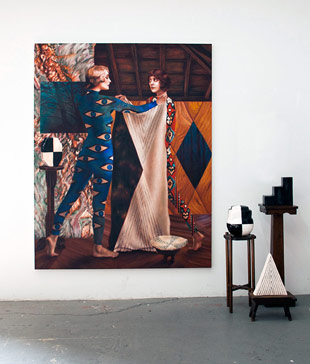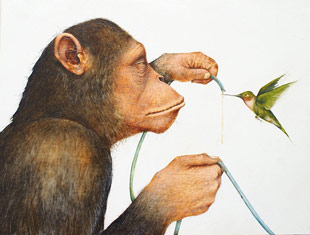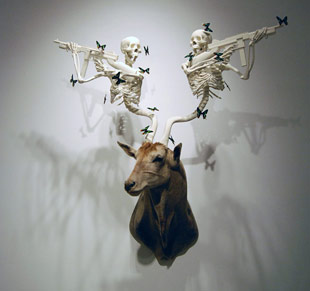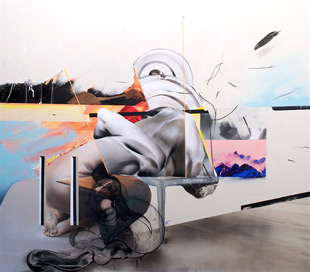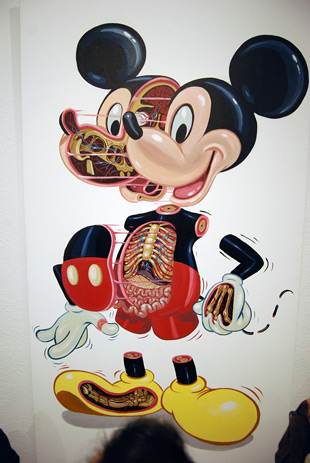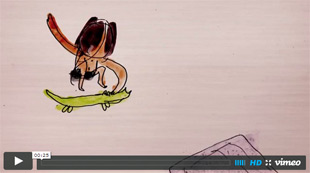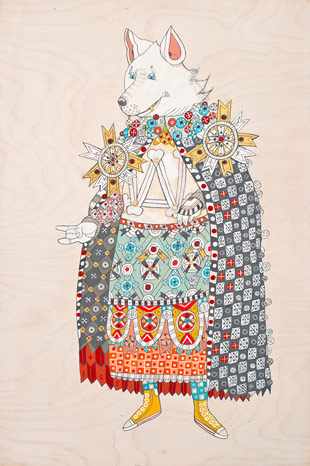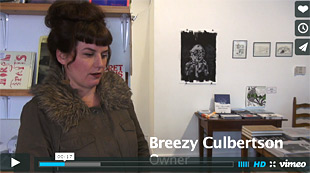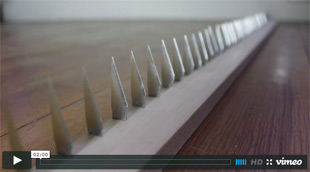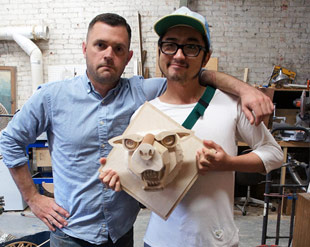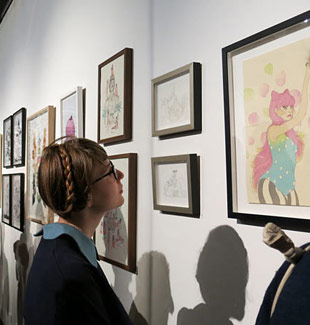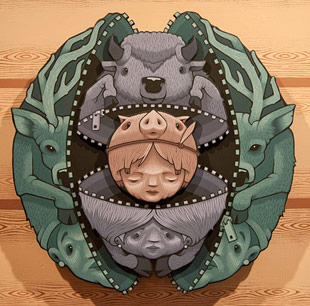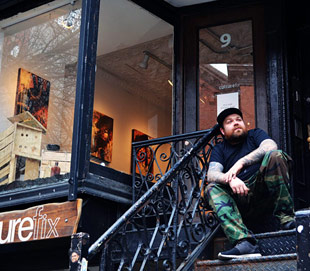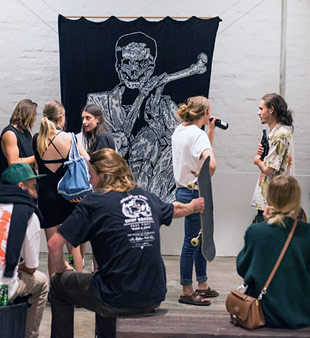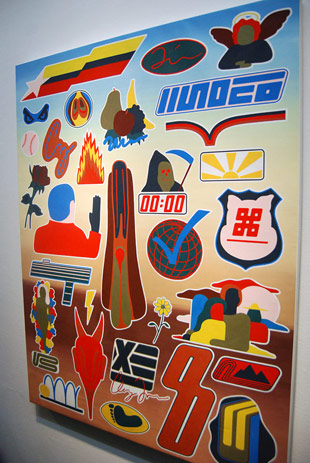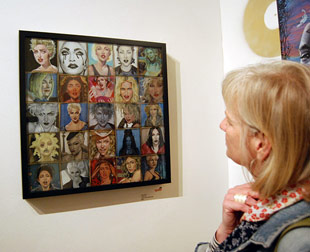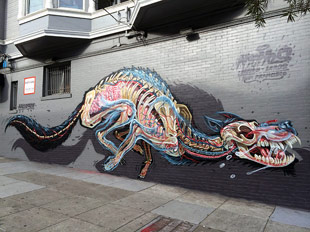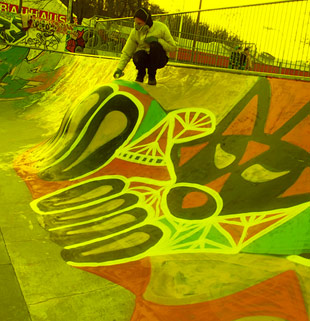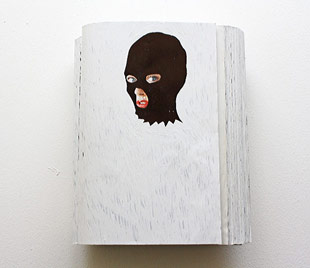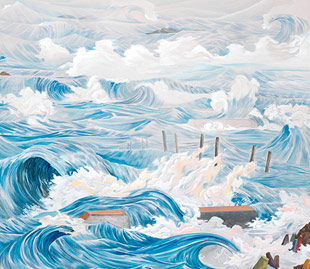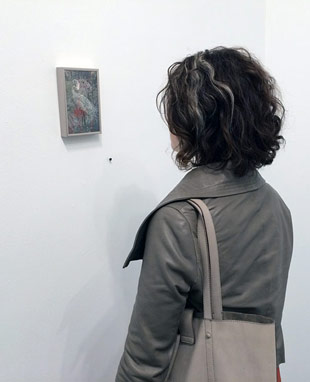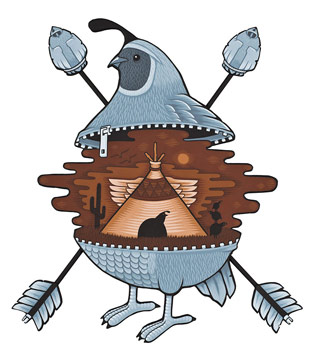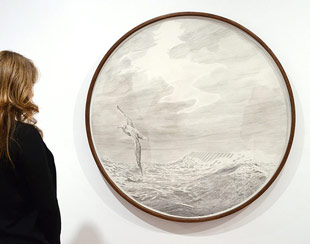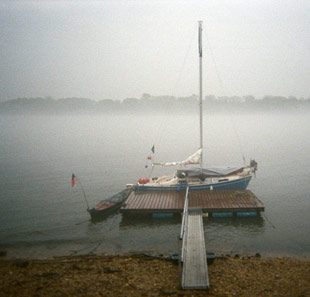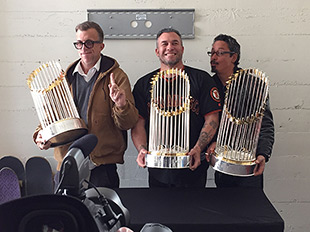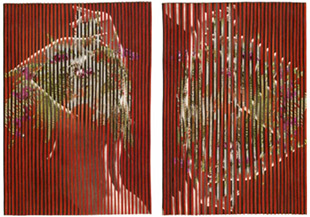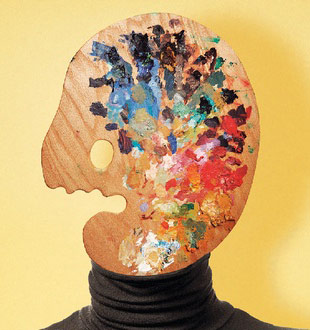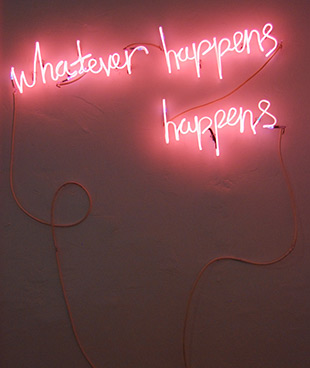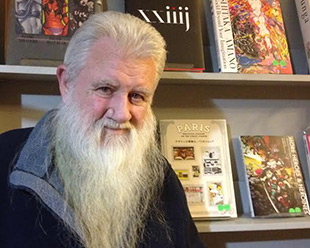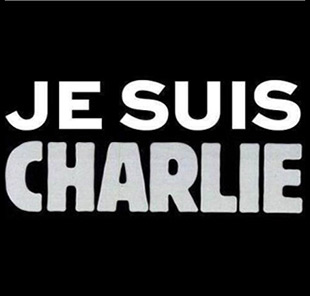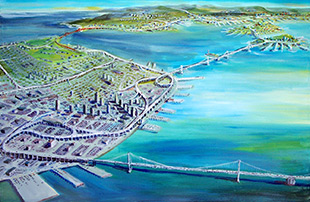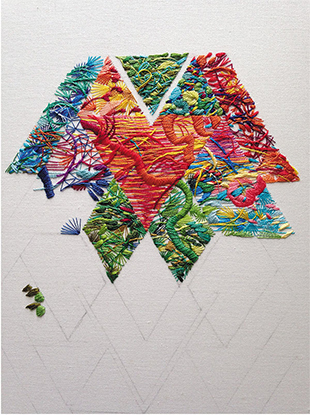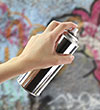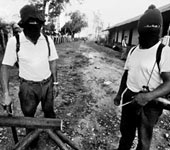 This award winning Bay Area photo journalist talks about his trade and its changes as the web plays more of a roll.
This award winning Bay Area photo journalist talks about his trade and its changes as the web plays more of a roll.Victor J. Blue is a San Francisco based freelance photojournalist. He has worked extensively in Central America since 2001, concentrating on the post-conflict situation in Guatemala, as well as covering issues of national importance in California and across the country.
His photographs have appeared in Time, Newsweek, US News and World Report, Le Monde, the San Francisco Chronicle, and various newspapers and magazines internationally. He has shown photographs in solo exhibitions and been included in group shows at Juice Design, 111 Minna Gallery, and Yerbe Buena Center for the Arts in San Francisco. As a participant in the 57th Missouri Photo Workshop, he was honored with the Spirit of the Workshop award, and was recognized with an Award of Excellence by the San Francisco Bay Area Press Photographers Association in their 2005 competition. He is represented by the World Picture News photo agency in New York and is currently a staff photographer at The Record in Stockton California.
We at a Fecal Face are proud to bring you an interview with this talented photographer. We have known Victor for a while and his photos never cease to amaze us every time we check back with him.
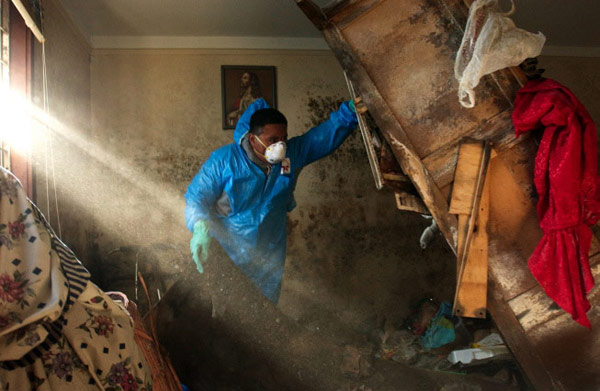
I am a documentary photographer/ photojournalist, which means I take pictures of people and what they do, how they live, who they are. I do it currently in Stockton CA, where I work for a newspaper called The Record. I also do a lot of it in Central America, and around the US.
Stockton has got some gems, I like food, so I am always on the hunt for the good spots. We got a really good Thai place downtown and a couple of good Indian places, but it is no SF. My favorite place on the planet earth to eat food is Taqueria Cancun on Mission and 19th, and I love Burma Superstar too.
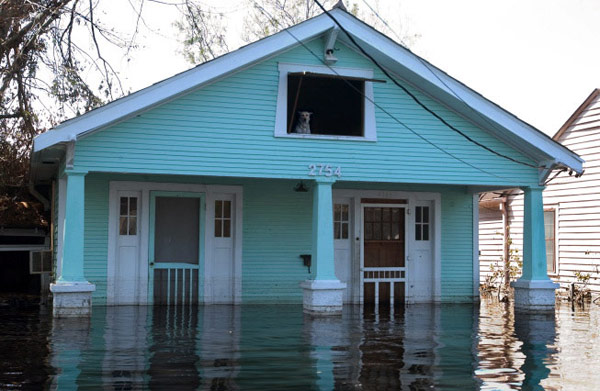
I like traveling, but really I do a lot of work in other places because they are places that attract and focus my attention. I have a hard time producing work in SF, I don't find stories here very easily, but in Guatemala or El Salvador, I feel like I can throw a rock and hit something I want to do a story on. I would definitely live somewhere else, I would like to eventually work as a foreign correspondent or work on more international stories. That's where my passion is, even though I love community journalism as well. I came back to the Bay Area because it is a good place to look out from. There is a lot of outward looking people here, people involved in things and there's a lot going on.
I got my start stringing for the AP in Guatemala during the 2003/04 presidential elections. The AP guys in Guatemala are all good friends, and have helped me out a ton. In 2005 when I was back in Guatemala, I helped them cover some World Cup qualifiers. We work together real closely, we chase stuff down together, and we cover stuff together. There have been a few other times when I sold pictures to the AP from other events or pictures I made got put on the wire, like the Republican convention in 2004, or pictures I make at my paper. I actually tried to get something going with them freelancing in SF years ago, but the office here wouldn't give me the time of day, whatever. So I never worked for them full time. Working for them was fun, it was with friends, but it is pretty competitive and fast paced. You are constantly aware of where the Reuters guy is and that you have to file your photos before him or you're screwed.
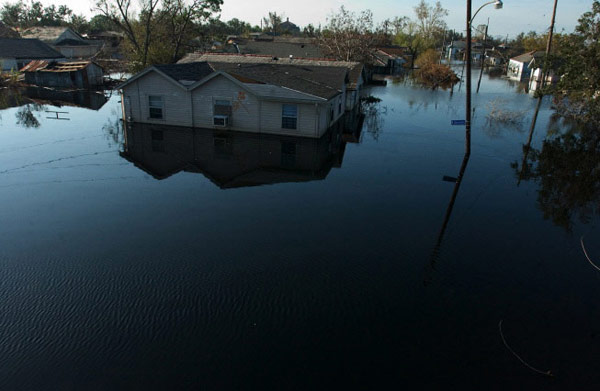
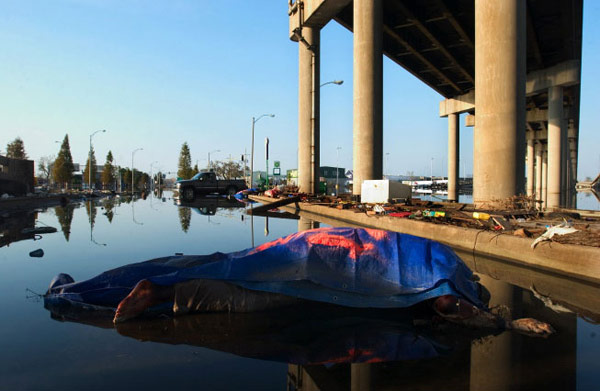
Making the decision to go to work for a newspaper was a tough one after freelancing for a while, but I love it. The market for photojournalism is smaller than ever, and getting the squeeze every day. Everyone is competing to have their pictures published in just a handful of magazines, and they use more and more portraits and advertising style pictures instead of documentary ones all the time. In many ways, newspapers have become kind of the last bastion of photojournalism and documentary photography. It is hard and expensive, and time consuming to produce this kind of work. Also, the public's appetite for celebrity and "trend" news over what actually happens in the world devalues what we try to do.
Being at a newspaper brings a whole new set of demands; yes, you have to shoot a lot of assignments that you think are pointless and stupid, and you have less time to spend on ones that are good because you have that daily deadline looming over your head. And yes, a newspaper is a big, sometimes lumbering organization that can be pretty stupid sometimes, and dealing with the bureaucracy of it can suck. At the same time, you have that big organization behind you. For example, I worked on a story on migrant worker education for three months. Almost whenever I needed it, my editor gave me the time to work on it and it got published in the paper as a three part series over three days. There were days when I got paid just to go out and hunt this story down, sit around in people's homes, go to school with little kids, go out in the fields, and make pictures. After all that, it got more space than it ever could have in almost any other publication. Every day, I get to have a conversation with the 70 to 80,000 people who read The Record. I get to show them their neighbors, their towns, their lives from my perspective and hope they understand it in a new way. It can also be thrilling at times when you have to chase that spot news, like the overturned semi-trucks and the shootings that go off all the time. It can be boring sometimes too, but the bottom line is that I get paid to meet people and hang out with them. I step into people's everyday, and try and say a little something about what it's like to be them.
The newspaper is all digital. We each get a kit, 2 cameras, lenses, and a laptop. It's fun to listen to guys who have worked in newspapers for a long time tell stories about the film days - souping film on deadline, all of that. I have enough trouble getting what I need done in a day, I can't imagine doing it on film, jesus.
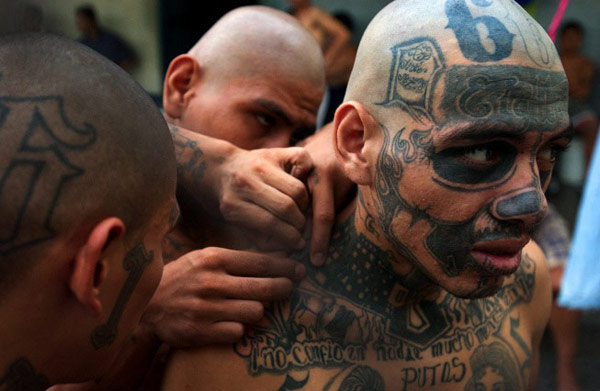
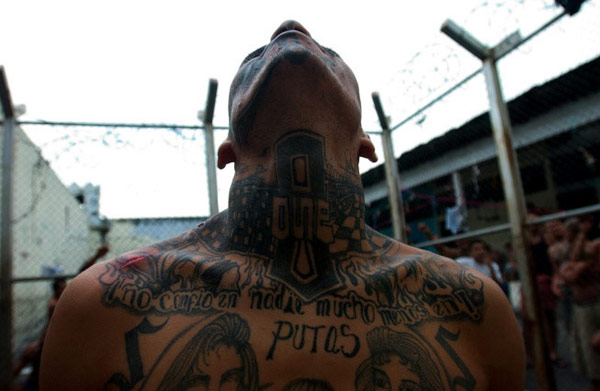
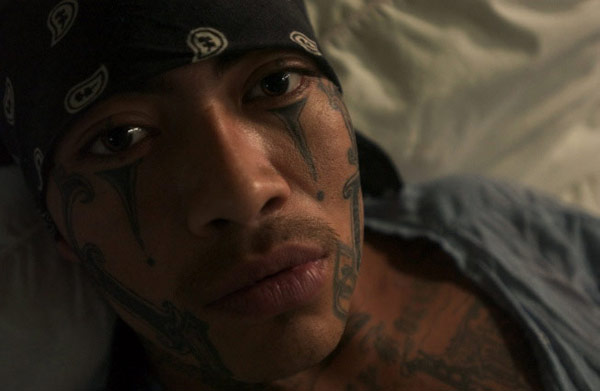
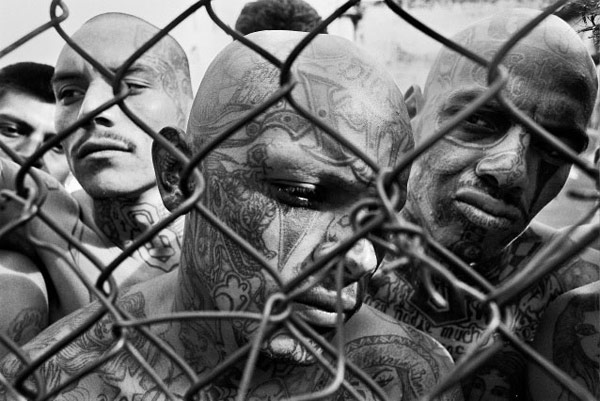
I like both film and digital, and for me it depends on the story which I will use. I love black and white photography, and I have no qualms about shooting things digital and converting them to black and white, but I also shoot a lot of film. It has more latitude, more dynamic range. Film makes you slow down, shoot less frames. I shoot with Nikon digital and film cameras, and I use a Hasselblad XPAN quite a bit too.
I always used to wonder the same thing. Then when I started doing it, I found that it just comes. The first documentary project I ever did, I just showed up. I got off the back of a truck, walked into this farm, and said "Hi. My name is Vic and I want to stay here and take pictures of y'all" They were like "Uhh, no," but eventually they were into it. You have to explain yourself, why you are there and once people understand what you are trying to do, they are usually ok with it. But you have to do your research, and make contacts. I spend a good deal of time meeting with people, making introductions, trying to partner up with organizations that are working in the same themes as me, they are often a good resource to help introduce you to subjects. For some things, like to get into a prison, you have to have good contacts or know someone who does. My friend Rodrigo was on good terms with someone in the government, so he got us in. But like with a breaking news situation, things are different. You are there, things are all messed up, and you are just working and hopefully people aren't paying much attention to you. For something like the land stuff, that was a mixture. Some of those places I had contacts that introduced me, some I just went to. Then the trick is to disappear, become a part of the scene and see what happens around you. The best advice I ever heard about access was from Robert Capa who said, "Like people, and let them know it."
Not exactly. I have been in only a few situations that were particularly dangerous for me as an observer. In today's world, everyone, from high school football coaches to combatants in Somalia have a pretty savvy understanding of the power of the media and want to control how they are portrayed in it. That usually means controlling your access to them, or worse, controlling situations so they look a certain way on the news. As a journalist, one of our jobs is to see through that kind of manipulation and to help our readers see through it. I have always had more hassle from officials trying to keep me from doing my job than I have from the people I was photographing. But sometimes you are there and things are happening, and you have to make the pictures whether people want you to or not. Sometimes people get angry, and you have to deal with that.
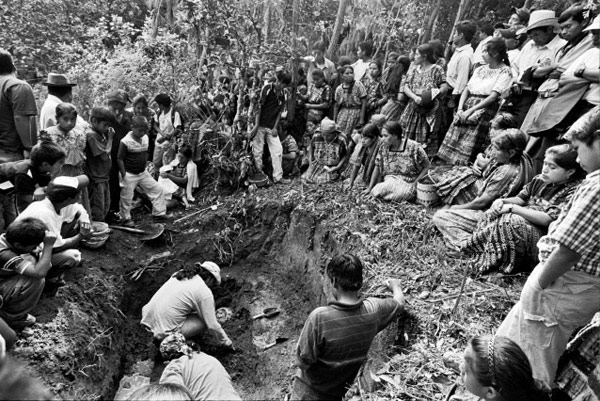
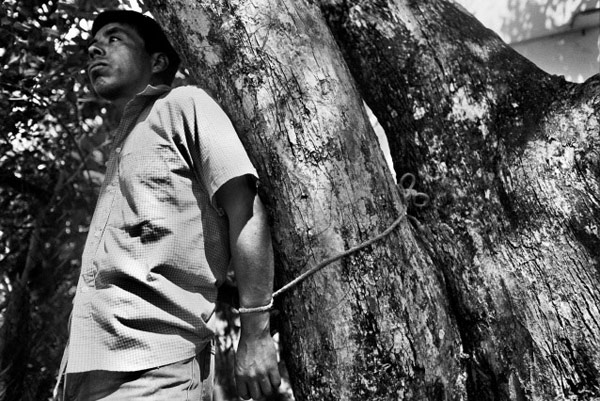
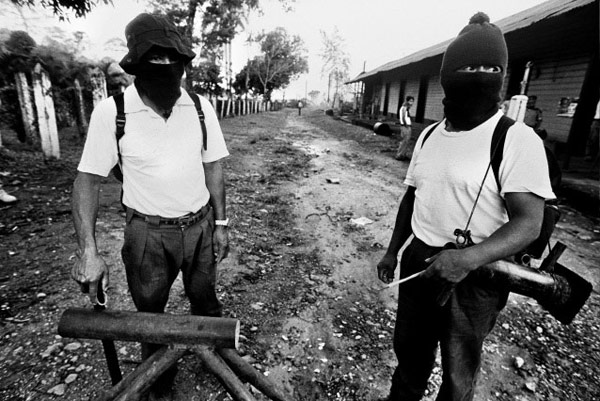
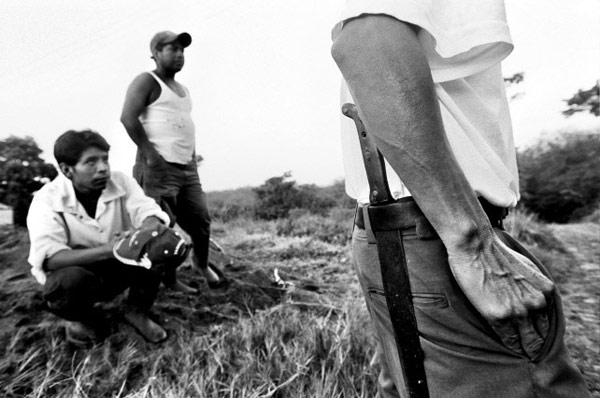
The podcast came about because Jim Finefrock, the editor of the Insight section at the Chronicle, worked closely with me on the gang story and wanted a little something more for the reader. I wrote the text for that story as well as made the photos, and he was a tough editor, but he made the story 100 percent better. Generally no, I do not like to talk about my work. I'm not into this whole "intrepid journalist-bringing the story home to you-Anderson Cooper-360, blah blah". It isn't about you, it's about the people in your stories. So the podcast was cool because I got to explain some things a little more fully that got edited out of the story because of length. For example, I got to talk a little more about how immigration policy here in the US helped create the gang phenomenon in Guatemala, and how we should think about that in this new climate of insanity around the issue. But I don't like talking about myself or what I do, the focus is the pictures and the stories they tell.
Weirdly enough, the huge push in journalism these days is towards more multimedia for the web and there are photographers doing incredible things with it. Most folks are putting together slideshows with audio they collect and edit together with the pictures. Some, like the folks at the San Jose Mercury News are doing just video, and pulling frame grabs from that for the paper. It's kind of crazy right now, like a feeding frenzy. A lot of papers are believing the hype that they are on the way out and are trying to figure out how to survive and are trying everything to beef up their websites. There are some pretty seriously influential photojournalists that are convinced that video is the future and still cameras are one the way out. I am not convinced, and I don't think newspapers are going anywhere for a while. I could talk about this forever, but for me personally, I am focused right now on making the best, most powerful pictures I can. I am interested in producing multimedia stuff as an alternate way to get the pictures seen by more readers, and to make them more interesting to look at. But I am into photography, and I am not yet convinced that shooting video is the same, just with a different camera. We will see.
Dealing with an agency is a complicated thing and I have learned a lot working with WPN. Some of it has been great, some of it not so great. When they first agreed to represent my work, I thought "Ok, that's it, now I have an agency.. here we go." I was so wrong. The most important thing I have learned is the limit of what an agency can do for you. Far more important is your relationship with your clients, the magazines. WPN has blown up over the last couple years and they have gotten a lot of good work out there, but they have been through some growing pains. I do however, have some friends there that have helped me out.
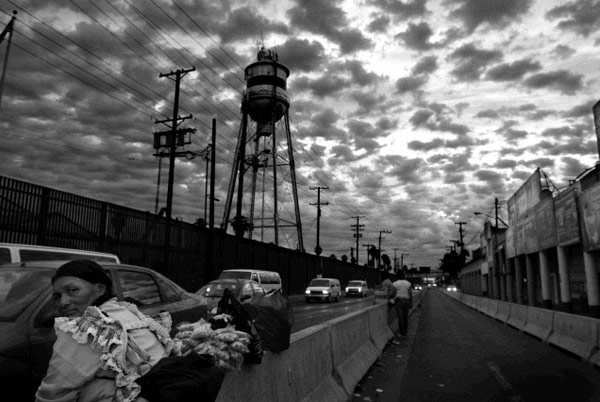
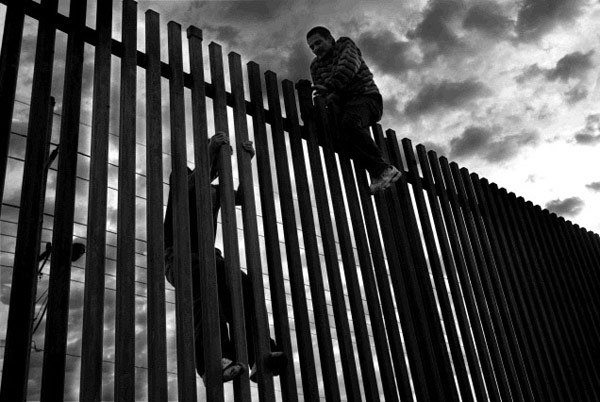
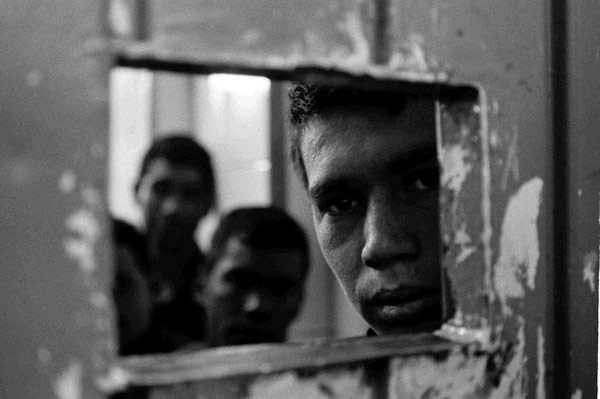
I guess the last show I was in was Hot and Cold at the Yerba Buena Center about a year ago. I am interested in showing in galleries, but for me it has to be the right context. I believe in documentary photography as a form of communication, and one that can speak from art objects - prints on a gallery wall, projections, public installations, whatever. Is it art? I am not sure. It is and it isn't, and there are tons of other folks who can fight about that better than me. As far as the art scene in SF, I think documentary photos can bring a lot to it. They can add a lot to the conversation. As a photojournalist, I am trying to reach the most people I can, to communicate things about the world as it is. This is done most effectively through the mass media, but because I come from a culture committed to DIY, to underground communication and individual voices, I am down to communicate there as well. I think it would be cool if curators looked to documentary photographers, were open to them adding to the conversation, like what Hamburger Eyes has done.
Heartswork was a project that Chris Duncan, Tiffany Bozic, and Paul Urich put together as a road trip/series of gallery shows. The idea was to go on the road for 6 weeks, make a bunch of art, and show it in NC, Tampa, and Philly. They asked me to go along and shoot photos of the whole thing which turned into a little self published book, Will The Circle Be Unbroken. We all piled in a van in January and drove around the country in the winter to make art. It was good for me because I had just gotten back from Guatemala after spending 7 months there, so I liked doing this little personal project with them. When we got back I edited the pictures down and we hung out at Juice and put together a book that was part photo essay about the trip and also a catalog of the shows. The trip was great and in hindsight, it was kind of almost innocent, earnest. We slept on peoples floors, ate what people cooked us or what was at the gas station at 3AM. I would love to do it again. We met a ton of great people, and got infected with their creativity and enthusiasm while we were trying to infect them with ours.
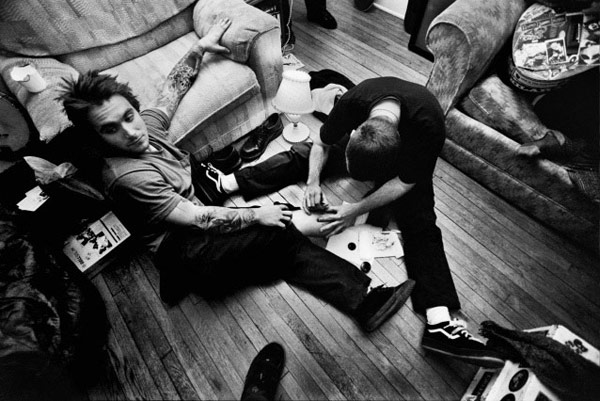
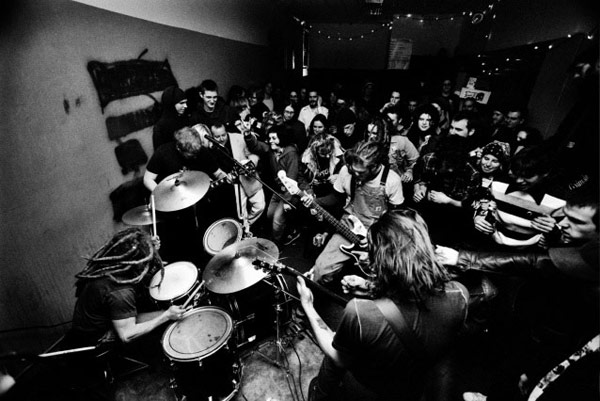
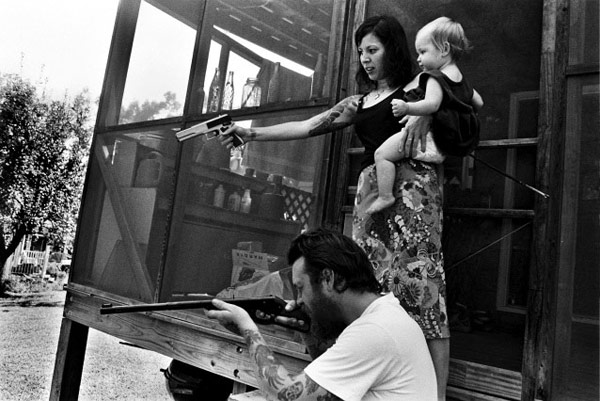
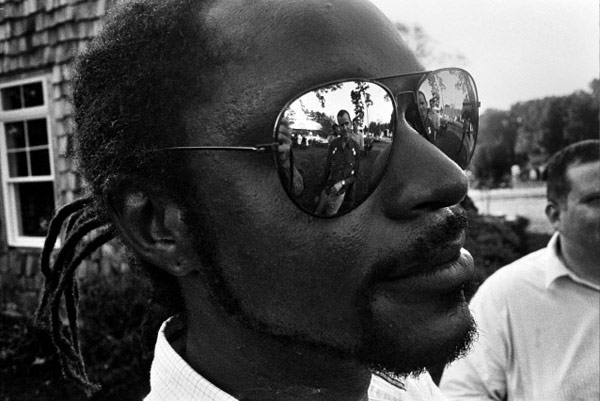
I am pretty into reading these days, I read a couple of magazines each week and I am currently kind of obsessed with the New Yorker. I am always working through a couple different books, usually issue type stuff or history, but I am trying to read more novels. My brother works for AK Press, so I follow what they are putting out. I always have the "core things" that get me excited, then I am always collecting new things. I am always into and inspired by Salinger, Orwell, Galeano, the Spanish Civil War, Goya and Schiele, Eugene Richards and Larry Towell, etc. Also in the last year or so, I have been really into This American Life, I want to do something like that but with photography. I just read Fat City, a novel about Stockton that was great, and Maximum City, a book about Bombay that blew my mind. I love music, especially good mix tapes. Art wise, I try to keep up with what is going on around here, I love SF art. There is a great low key, DIY current here. I like a lot of the contemporary big shots too, Kiefer, Ruscha, Magdalena Abakanovich. These days I am feeling Paolo Pellegrin and Trent Parke, and David Guttenfelder as far as photographers go.
I just got back from a week in North Carolina, and that got me excited too. My best friend got married, and it was kind of uncertain if I would make it or not, because I wanted to be in Guatemala the same day for the 10 year anniversary of the peace accords there. I was torn between work and life and it made me kind of mad. After a week in NC surrounded by all these people I care about so much, it put things in perspective. I was thinking that I had to choose between the two, but I realized that what makes me good at what I do - producing journalism and at the same time running around with my friends and family. Just being with all these people, talking about music and life, kids, art, pipe dreaming and dealing with our realities at the same time, it was good. We all go home every year, this big crew of folks that live in SF, NYC, Portland, all over. We end up in NC to have New Years together. Everyone's getting older and it gets harder, but it's important to keep it alive.
You can see more of Victor's work on his website: victorjblue.com
You can also see further pieces and portfolios here and here.
| < Prev | Next > |
|---|


